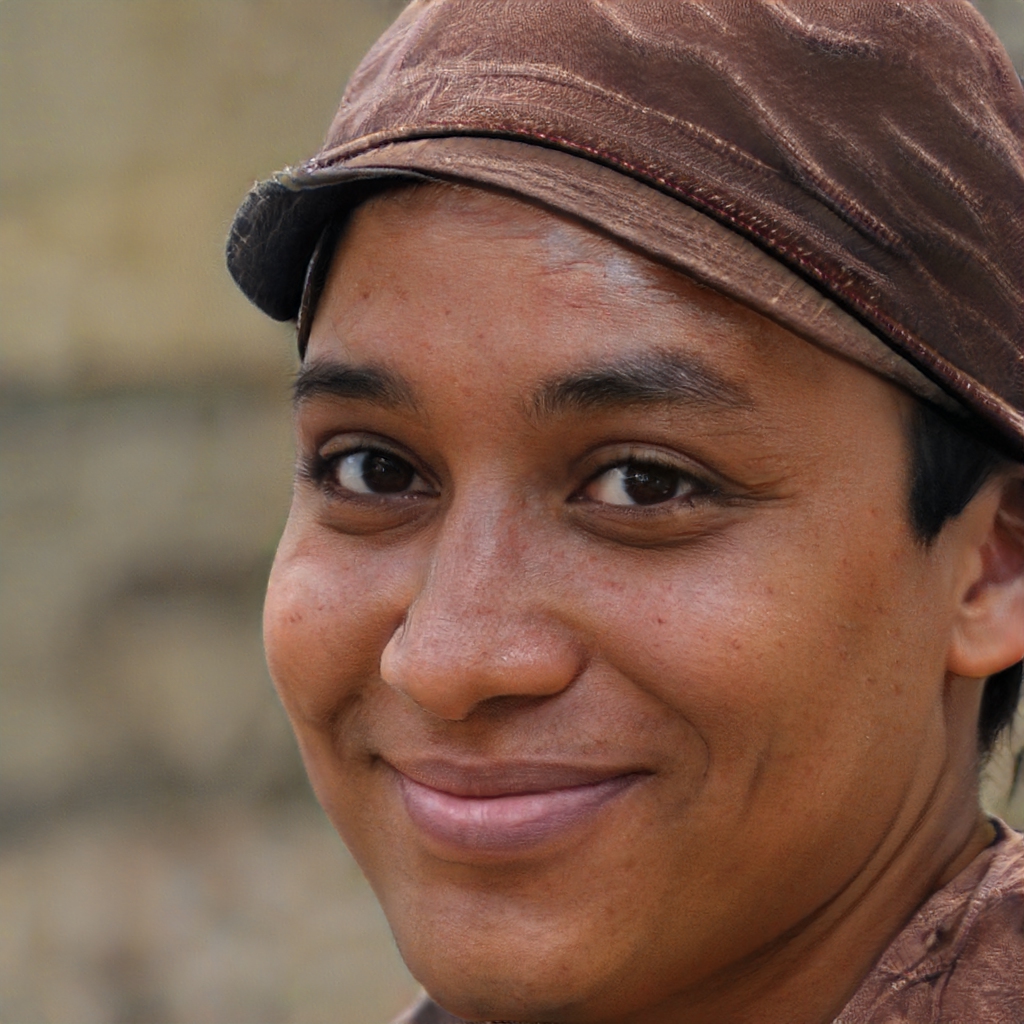With the dust settled, it's time to shed some light on what really happened on October 20: here's why, even after the switchover to Mpeg-4, RAI and Mediaset channels are still low-resolution
After the switchover of the first 15 RAI and Mediaset channels to Mpeg-4 encoding, which took place on October 20, and after the ritual retuning that allowed all those who had a compatible TV or decoder (there were 300 thousand, not without controversy) to return to see these channels, the situation is back to normal but someone has been wondering for days: how come after the transition to Mpeg-4 these channels are still at low resolution?
The question is more than legitimate, because it is known that the compatibility of the decoder or TV with Mpeg-4 is essential to see the channels broadcasting in HD, but it is the result of a misunderstanding. A dirla tutta, però, la colpa del fraintendimento non è certo dei telespettatori bensì di una campagna di informazione che non è stata precisa ed accurata, lasciando molte domande senza risposta. Gran parte del problema è stato causato dall’uso di un’espressione infelice: “alta qualità" e da un continuo riferimento ai televisori compatibili con l’HD. Nella sostanza, però, con il passaggio all’Mpeg-4 dei primi 15 canali la loro qualità non è affatto migliorata né, a guardare i dati del flusso trasmesso, è aumentata la risoluzione. Cos’è cambiato, quindi, il 20 ottobre?
DVB-T2: alta qualità Vs alta risoluzione
Le parole sono importanti: parlare di “alta qualità" in realtà non significa nulla, dal punto di vista tecnico. Parlare di “alta risoluzione“, invece, sì. Oggi le risoluzioni disponibili sulle TV moderne sono 4 (non considerando l’8K, che è il futuro):
- SD, cioè 720×576 pixel
- HD-Ready, cioè 1280×720 pixel
- Full-HD, cioè 1920×1080 pixel
- 4K, cioè 3840×2160 pixel
Con il termine generico “HD" si intendono sia la risoluzione HD-Ready che quella Full-HD, mentre la risoluzione SD è sostanzialmente la stessa che aveva la vecchia TV analogica dismessa dieci anni fa.
La maggior parte dei canali HD trasmessi sul digitale terrestre hanno la risoluzione 1280×720 pixel, qualcuno ha la risoluzione 1920×1080 pixel, tutti hanno la codifica Mpeg-4. This is because an HD video stream encoded with the old Mpeg-2 would have a "weight" that is too high to be transmitted on TV frequencies: it would occupy the space of two or three channels in SD.
When the Ministry of Economic Development communicated that to be sure of not having problems after October 20, all you had to do was check if your TV allowed you to watch HD channels, therefore, it was not referring to the fact that the famous 15 channels would become HD: it only meant (but only half said it) that they would use the same encoding already used for HD channels.
So, as a consequence, those who watch HD channels will also see SD channels encoded in Mpeg-4.
DVB-T2: what changed on October 20
So, what really changed on October 20 for the 15 RAI and Mediaset channels that switched to Mpeg-4? What has the race for a decoder or for a small but DVB-T2 compatible TV been worth?
The only real difference between what was broadcast on October 19th and what is broadcast starting from October 20th is in the encoding: the same RAI and Mediaset channels are broadcast at the same resolution (SD, i.e. low resolution), but with a more efficient codec: while before each channel "occupied" on average between 3 and 6 Mbps (depending on how much compression was "pushed"), now it occupies 1.5-2 Mbps.
Translated: in the same frequency space "fit" twice as many channels. This will be essential to free up the famous 700 MHz frequencies that the State has already sold for 6.5 billion euros to telephone operators, who will use them for the 5G network.
If you continue to see all the RAI and Mediaset channels still at low resolution, then, don't worry: it's not a fault of your system, it's the resolution at which they are still transmitted.
A second change that began on October 20, finally, is that of the Mediaset generalist channels (Rete 4, Canale 5 and Italia 1) that have suddenly become "provisional". In this article we explain why:
Digital terrestrial: why Mediaset channels are now "provisional".
It remains to be understood what will happen to Sky channels broadcast on digital terrestrial from January 3, 2022.
